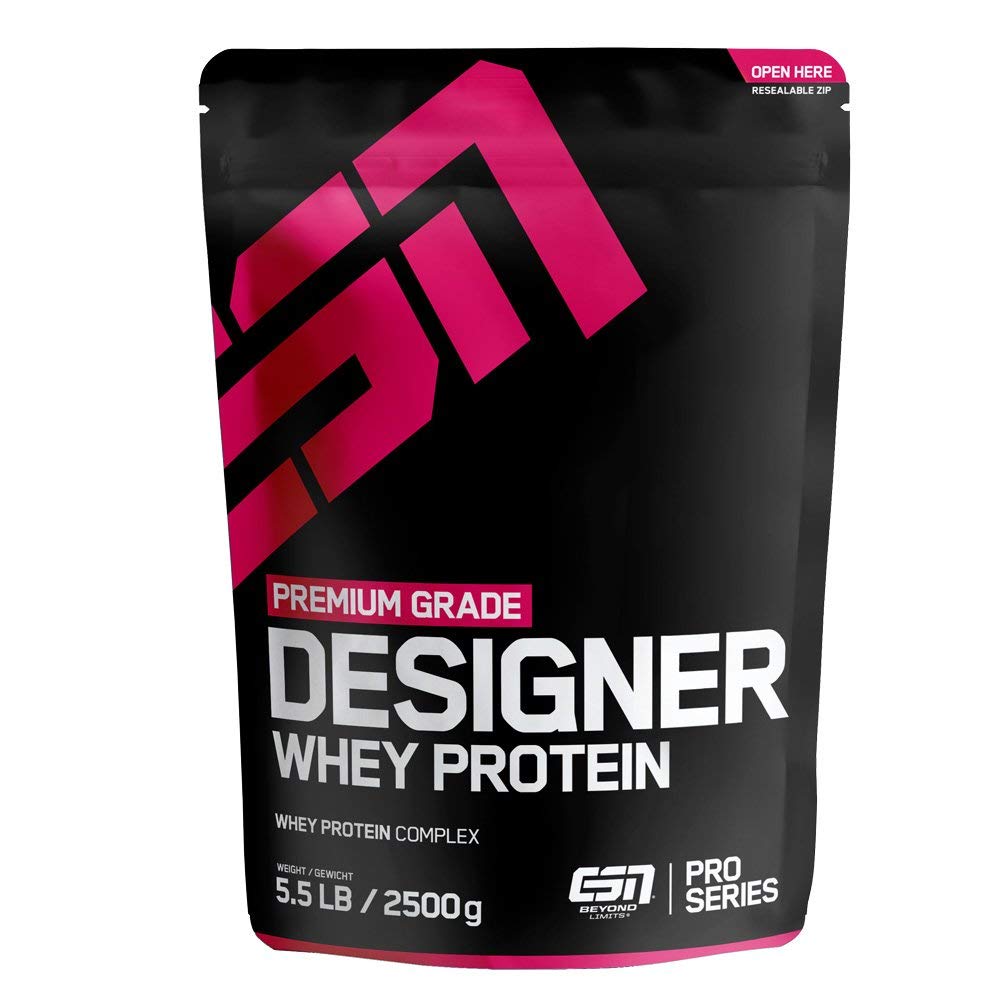Sports nutrition brand 7 little words
Eating before sleep has long been controversial . However, a methodological consideration in the original studies such as the population used, time of feeding, and size of the pre-sleep meal confounds firm conclusions about benefits or drawbacks 30 freespins. Recent work using protein-rich beverages 30-min prior to sleep and two hours after the last meal (dinner) have identified pre-sleep protein consumption/ingestion as advantageous to MPS, muscle recovery, and overall metabolism in both acute and long-term studies . Results from several investigations indicate that 30–40 g of casein protein ingested 30-min prior to sleep or via nasogastric tubing increased overnight MPS in both young and old men, respectively. Likewise, in an acute setting, 30 g of whey protein, 30 g of casein protein, and 33 g of carbohydrate consumed 30-min prior to sleep resulted in an elevated morning resting metabolic rate in young fit men compared to a non-caloric placebo . Similarly, although not statistically significant, morning increases in resting metabolic rate were reported in young overweight and/or obese women . Interestingly, Madzima et al. reported that subjects’ respiratory quotient measured during the morning after pre-sleep nutrient intake was unchanged only for the placebo and casein protein trials, while both carbohydrate and whey protein were increased compared to placebo. This infers that casein protein consumed pre-sleep maintains overnight lipolysis and fat oxidation. This finding was further supported by Kinsey et al. using a microdialysis technique to measure interstitial glycerol concentrations overnight from the subcutaneous abdominal adipose tissue, reporting greater fat oxidation following consumption of 30 g of casein compared to a flavor and sensory-matched noncaloric placebo in obese men. Similar to Madzima et al. , Kinsey et al. concluded that pre-sleep casein did not blunt overnight lipolysis or fat oxidation. Interestingly, the pre-sleep protein and carbohydrate ingestion resulted in elevated insulin concentrations the next morning and decreased hunger in this overweight population. Of note, it appears that exercise training completely ameliorates any rise in insulin when eating at night before sleep , while the combination of pre-sleep protein and exercise has been shown to reduce blood pressure and arterial stiffness in young obese women with prehypertension and hypertension . In athletes, evening chocolate milk consumption has also been shown to influence carbohydrate metabolism in the morning, but not running performance . In addition, data supports that exercise performed in the evening augments the overnight MPS response in both younger and older men .
In conclusion, added protein does not appear to improve endurance performance when given for several days, weeks, or immediately prior to and during endurance exercise. While no ergogenic outcomes may be evident, the scientific literature is consistent in reporting that adding protein to a carbohydrate beverage/gel during exhaustive endurance exercise suppresses markers of muscle damage (creatine kinase) 12 to 24 h post-exercise and decreases the endurance athletes’ feelings of muscular soreness . For these reasons, it seems prudent to recommend for endurance athletes to ingest approximately 0.25 g of protein/kg body weight per hour of endurance exercise (in addition to the athlete’s regular carbohydrate intake) to suppress markers of muscle damage and improve subjective feelings of muscular soreness . Another important consideration relates to the impact of ingesting protein along with carbohydrate on rates of protein synthesis and balance during prolonged bouts of endurance exercise. Beelen and colleagues determined that adding protein to carbohydrate consumption throughout a prolonged bout of endurance exercise promotes a higher whole body net protein balance, but the added protein does not exert any further impact on rates of MPS. While performance outcomes were not measured, these results shift the focus of nutrient ingestion during prolonged bouts of endurance exercise to the ingestion of carbohydrate.
A highly debated topic in nutrition and epidemiology is whether vegetarian diets are a healthier choice than omnivorous diets. One key difference is the fact that vegetarian diets often lack equivalent amounts of protein when compared to omnivorous diets . However, with proper supplementation and careful nutritional choices, it is possible to have complete proteins in a vegetarian diet. Generally by consuming high-quality, animal-based products (meat, milk, eggs, and cheese) an individual will achieve optimal growth as compared to ingesting only plant proteins . Research has shown that soy is considered a lower quality complete protein. Hartman et al. had participants consume a mixture of sucrose and either 30 g of milk or soy proteins during 12-weeks of resistance training. They found that the participants that consumed the milk protein increased lean mass and decreased fat mass more than the control and soy groups. Moreover, the soy group was not significantly different from the control group. Similarly, a study by Tang and colleagues directly compared the abilities of hydrolyzed whey isolate, soy isolate, and micellar casein to stimulate rates of MPS both at rest and in response to a single bout of lower body resistance training. These authors reported that the ability of soy to stimulate MPS was greater than casein, but less than whey, at rest and in response to an acute resistance exercise stimulus. While soy is considered a complete protein, it contains lower amounts of BCAAs than bovine milk . Additionally, research has found that dietary soy phytoestrogens inhibit mTOR expression in skeletal muscle through activation of AMPK . Thus, not only does soy contain lower amounts of the EAAs and leucine, but soy protein may also be responsible for inhibiting growth factors and protein synthesis via its negative regulation of mTOR. When considering the multitude of plant sources of protein, soy overwhelmingly has the most research. Limited evidence using wheat protein in older men has suggested that wheat protein stimulates significantly lower levels of MPS when compared to an identical dose (35 g) of casein protein, but when this dose is increased nearly two fold (60 g) this protein source is able to significantly increase rates of myofibrillar protein synthesis . Rice protein is a medium to slow absorbing protein, which is in line with other non-meat/non-dairy proteins, however, leucine from rice protein shows unique absorption kinetics, peaking faster than leucine from whey protein . As mentioned earlier, a study by Joy and colleagues in which participants participated in resistance training program for eight weeks while taking identical, high doses of either rice or whey protein, demonstrated that rice protein stimulated similar increases in body composition adaptations to whey protein.
In addition to direct assessments of timed administration of nutrients, other studies have explored questions that center upon the pattern of when certain protein-containing meals are consumed. Paddon-Jones et al. reported a correlation between acute stimulation of MPS via protein consumption and chronic changes in muscle mass. In this study, participants were given an EAA supplement three times a day for 28 days. Results indicated that acute stimulation of MPS provided by the supplement on day 1 resulted in a net gain of ~7.5 g of muscle over a 24-h period . When extrapolated over the entire 28-day study, the predicted change in muscle mass corresponded to the actual change in muscle mass (~210 g) measured by dual-energy x-ray absorptiometry (DEXA) . While these findings are important, it is vital to highlight that this study incorporated a bed rest model with no acute exercise stimulus while other work by Mitchell et al. reported a lack of correlation between measures of acute MPS and the accretion of skeletal muscle mass.
While this research appears to support the efficacy of slower digesting proteins, subsequent work has questioned its validity in athletes. The first major criticism is that Boire and colleagues investigated whole body (non-muscle and muscle) protein balance instead of skeletal (myofibrillar) MPS. This is important considering that skeletal muscle protein turnover occurs at a much slower rate than protein turnover of both plasma and gut proteins; as a result, MPS has been suggested to contribute anywhere from 25 to 50% of total whole body protein synthesis . These findings suggest that changes in whole body protein turnover may poorly reflect the level of skeletal muscle protein metabolism that may be taking place. Trommelen and investigators examined 24 young men ingesting 30 g of casein protein with or without completion of a single bout of resistance exercise, and concluded that rates of MPS were increased, but whole-body protein synthesis rates were not impacted.
International society for sports nutrition
Wilson GJ, Layman DK, Moulton CJ, Norton LE, Anthony TG, Proud CG, et al. Leucine or carbohydrate supplementation reduces AMPK and eef2 phosphorylation and extends postprandial muscle protein synthesis in rats. Am J Physiol Endocrinol Metab. 2011;301:E1236–42.
Wilkinson SB, Tarnopolsky MA, Macdonald MJ, Macdonald JR, Armstrong D, Phillips SM. Consumption of fluid skim milk promotes greater muscle protein accretion after resistance exercise than does consumption of an isonitrogenous and isoenergetic soy-protein beverage. Am J Clin Nutr. 2007;85:1031–40.
The International Society of Sports Nutrition (ISSN) provides an objective and critical review related to the intake of protein for healthy, exercising individuals. Based on the current available literature, the position of the Society is as follows:

Wilson GJ, Layman DK, Moulton CJ, Norton LE, Anthony TG, Proud CG, et al. Leucine or carbohydrate supplementation reduces AMPK and eef2 phosphorylation and extends postprandial muscle protein synthesis in rats. Am J Physiol Endocrinol Metab. 2011;301:E1236–42.
Wilkinson SB, Tarnopolsky MA, Macdonald MJ, Macdonald JR, Armstrong D, Phillips SM. Consumption of fluid skim milk promotes greater muscle protein accretion after resistance exercise than does consumption of an isonitrogenous and isoenergetic soy-protein beverage. Am J Clin Nutr. 2007;85:1031–40.
Elite sports nutrition
The idea: Most of your protein—about 80 to 90 percent—should come from the “Eat More” and “Eat Some” columns. The other 10 to 20 percent can come from whichever column you prefer. This provides you with flexibility while still allowing you to nail the essentials.
By mastering one of these practices every couple of weeks—in order—you’ll be a totally different athlete. And not only that, you’ll have turned your entire eating program around without much hassle or stress.
At Elite Sport Nutrition, we provide top-tier nutrition consulting for both professional and amateur athletes. Our personalized meal plans and supplement consultations are tailored to meet your specific needs and support your training goals.

The idea: Most of your protein—about 80 to 90 percent—should come from the “Eat More” and “Eat Some” columns. The other 10 to 20 percent can come from whichever column you prefer. This provides you with flexibility while still allowing you to nail the essentials.
By mastering one of these practices every couple of weeks—in order—you’ll be a totally different athlete. And not only that, you’ll have turned your entire eating program around without much hassle or stress.
At Elite Sport Nutrition, we provide top-tier nutrition consulting for both professional and amateur athletes. Our personalized meal plans and supplement consultations are tailored to meet your specific needs and support your training goals.



